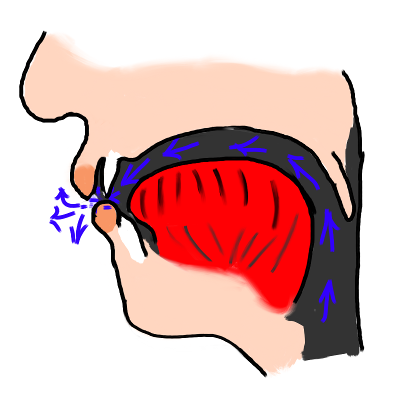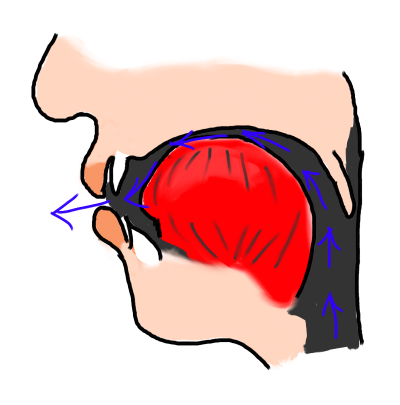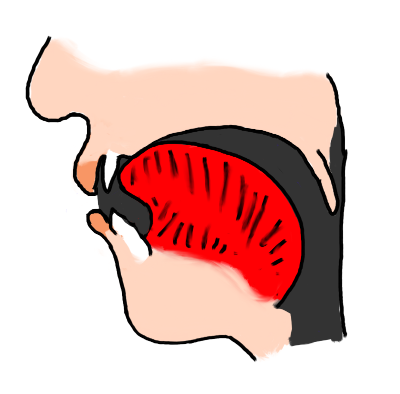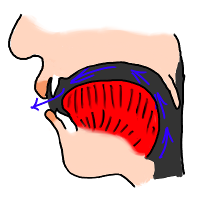How to pronounce vide
Do you find the information below useful? If you do, you can get guides like it for 1,000+ French words by downloading this app for your iPhone or iPad.
| v |  | The French 'v' sound is pronounced in a similar way to English 'v'. | |
| i |  | The French 'i' vowel is pronounced with the tongue almost as far forward and close to the roof of the mouth as it will go and with the lips spread. Aim to "tense" your lips for a moment as you pronounce it. | |
| d |  | A French 'd' sound is pronounced like an English 'd' after a 'th' sound (as in "with Dave"): the tongue touches the back of the teeth. An addition, as with French 'b' and 'g', make your vocal cords vibrate right through the 'd' sound by "trying to force some extra air out" even though your tongue is blocking it. | |
| ə |  | The 'schwa' or 'neutral e' is pronounced with the tongue in a "central, relaxed" position and the mouth also in a 'half open, relaxed' position. Note that many French speakers actually tend to pronounce this vowel as a 'close eu' vowel (as occurs at the end of words ending in -euse), or at least with some rounding of the lips. | Even though the word ends in -e in the spelling, notice how in the pronunciation, this vowel isn't "fully" pronounced. Instead, the syllable before it receives the stress. |